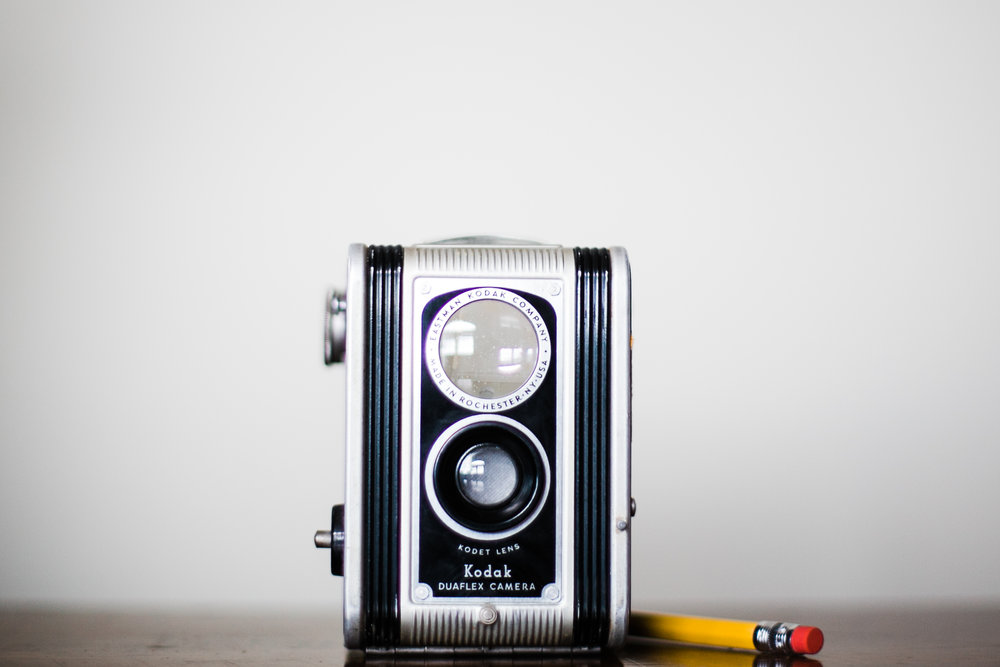
My wife has a client who refers to her as the editing fairy—she sends her catalogs to be edited and POOF! they come back ready for the gallery!
I’m not an editing fairy…if I was a photo editing fairy, I would probably find another job. Too much spandex and too much glitter. Instead, I’m a backpacking-crunchy-guitar riff jamming-home brewing-Dungeons and Dragons podcast listening-photo editing technician! In the world of wedding photography I often laugh because I feel a little out of place. I’m surrounded by soft colors, easy listening music, minimalist design websites, coffee shops and mushy blog posts. I like first person shooters (any Destiny fans out there?), micro breweries and Pearl Jam, but I like light and airy too! I approach photo editing like a puzzle – I want to see what the photographer did to make that image happen, and I love figuring out how to get it right!
Meagan (my wife) and I love editing for our clients and cherish the relationships we have with them. If you are considering the leap to outsourcing your work, let me congratulate you on taking that step! Many photographers are afraid to allow others to edit their own work, and understandably so! Your work is an extension of yourself, and it deserves to be respected and taken seriously. A good editor will protect your work as if it was his/her own!
So…without further ado, here are three things that I believe you should do in order to work successfully with an editor:
- Be thorough. I’ve heard stories from photographers about bad experiences they’ve had with their previous editors—waiting weeks for an email response, slow turnaround times, and inconsistent edits that do not match the photographer’s style. This can and does happen, but do not let this scare you! Ask around about photo editors, get some referrals from other photographers, and even interview a couple editors (you can look for an editor on edit-source.com). Schedule a Skype or FaceTime session, ask some questions, and get to know him/her! Hopefully your potential editor will do the same, and your working relationship will be off to a great start!
- Be honest. We all want to be friendly and encouraging, but sometimes we sacrifice honesty to avoid hurting someone’s pride or feelings. You don’t want to do that with your artwork. If you don’t explain exactly what you’re looking for, then your editor won’t get it right! You can (and should) be kind and gracious in your feedback and communication with your editor. This will save you both a lot of time (and maybe even frustration) in the long run!Your editor probably won’t be offended by your feedback. It’s likely they have several clients with several different styles, so they’ll appreciate your honesty. Or, if you’re still trying to “nail down” your editing style, an editor may be a great resource for you! I have a client who simply doesn’t want to spend time learning the ins and outs of Lightroom (she has a full time job out of the wedding industry), so she told me what she wanted, gave me the freedom to edit in a way that I thought was best, responded with some feedback, and things are going great! She was honest and clear in her feedback, and gracious and patient as we worked out the wrinkles.
- Be patient. I believe that hiring an editor can be a very life-giving thing for you, but just like any healthy relationship, the one you’ll have with your editor takes a little bit of work. I tell my clients that it takes about three weddings for me to start feeling confident about editing a photographer’s work, and after that it gets much easier for me to see through their creative lens. So share your feedback (again, be thorough and honest!) and give your editor some time to match your style. Odds are you’ve been working on your style for a long time, so don’t get frustrated if the first edits you get back aren’t quite what you expect.For example, when I first started editing for other photographers, I had a client who sent me a wedding. It was the first wedding she sent to me for editing. She gave me no samples of her edited work, so I simply edited a handful of images for her feedback before I did the entire catalog. She said they looked good, so I finished the edits and sent them back. A couple days later, she told me she wasn’t going to outsource anymore because she felt she had to do more work than she wanted, and said that she had to do a lot of touch up after I sent them back. I think this example shows how much honesty, patience, and thoroughness helps in a photographer/editor relationship. We weren’t in sync, and I definitely could have done more to make sure she understood the process. The outsourcing process is different because it adds a couple of extra steps to your workflow, so it takes some getting used to. I’ve found that this can be challenging for photographers – hiring an editor means you may need to do some things differently, and there’s an adjustment period until you’re back on track with your new (and improved!) workflow.
I wish you the best of luck as you search for an editor! Just remember to be thorough, honest, and patient. I’d love to hear your stories about your photographer/editor relationships…and if you have any questions, feel free to shoot me an email at adam@the-jepsons.com. (Or contact Meagan at meagan@the-jepsons.com) We want to see your business thrive!
LEAVE SOME LOVE